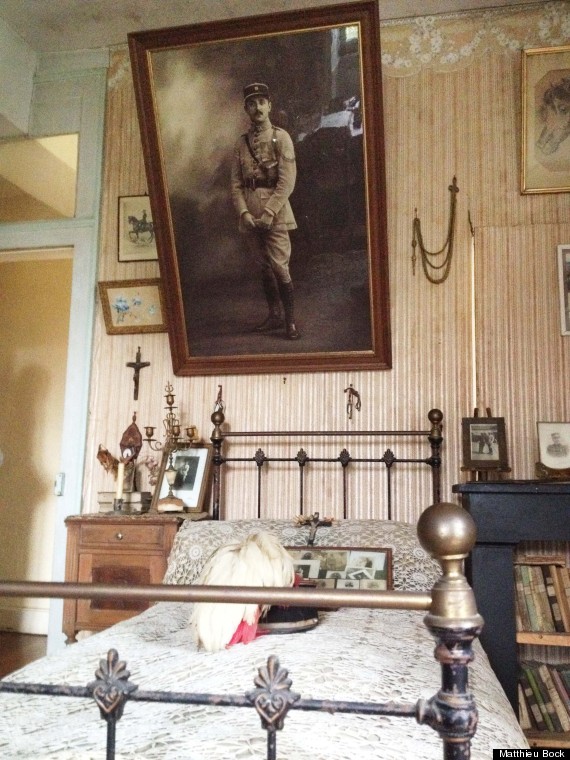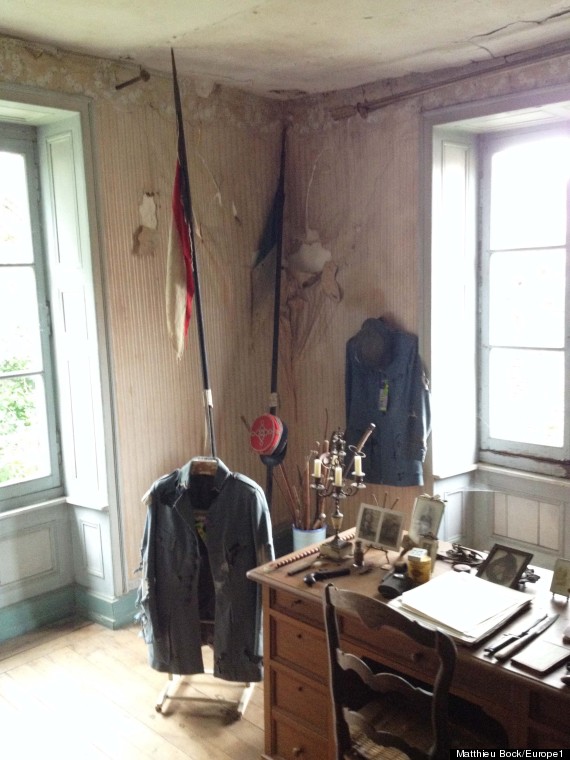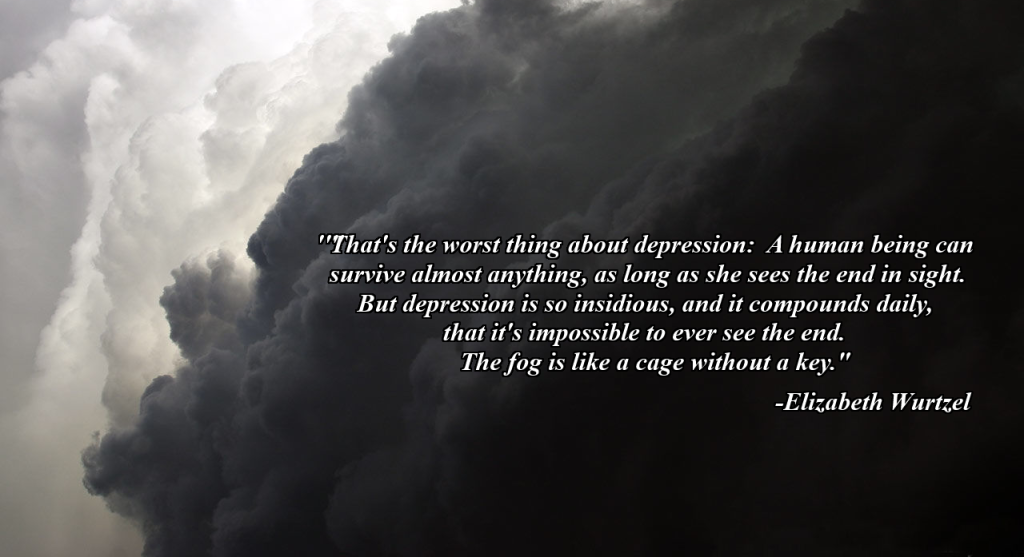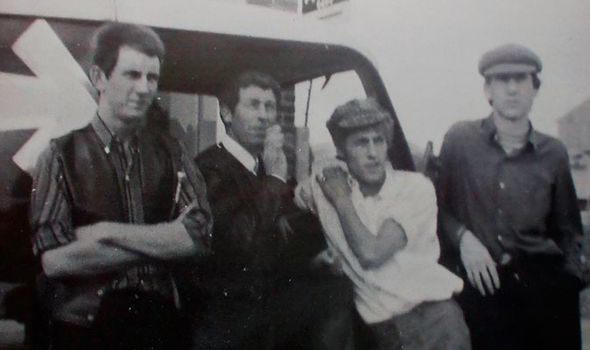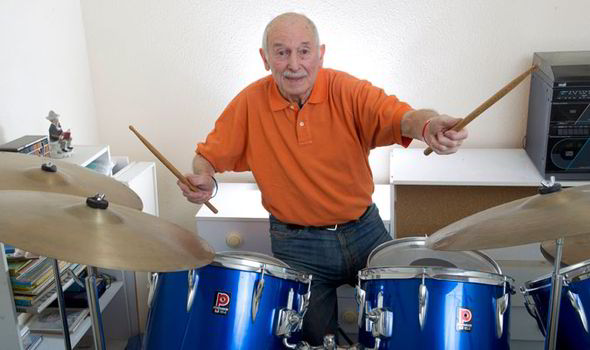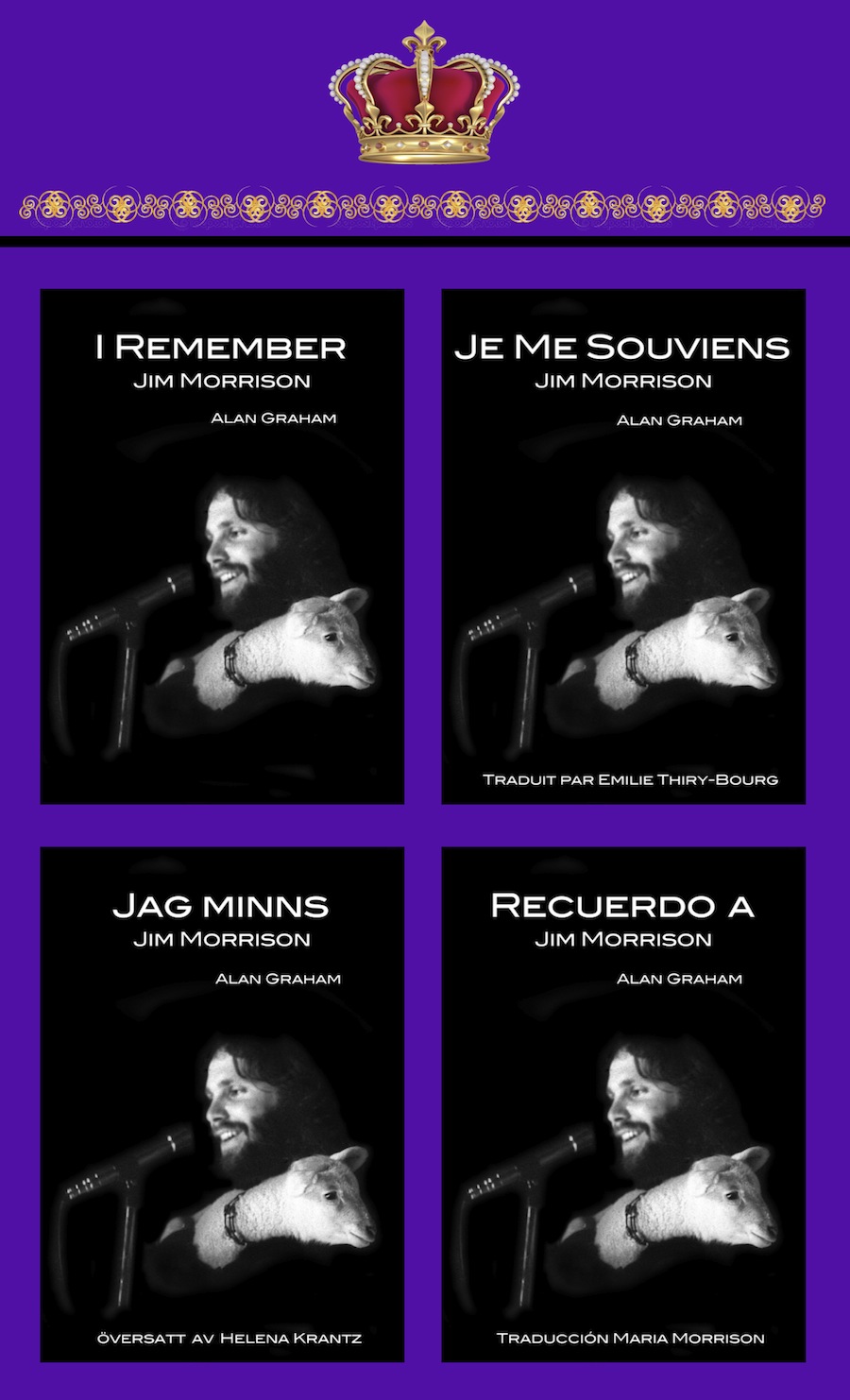
New national survey uncovers staggering silence and inaction around domestic violence and sexual assault; Overwhelming majority of Americans have never discussed these hidden issues with children or friends and 65% of victims who come forward say no one helped
NEW YORK, Sept. 23, 2013 /PRNewswire/ — Celebrities, athletes, corporate leaders, and advocates have joined forces to generate awareness for domestic violence and sexual assault and encourage bystanders to help, in a dramatic new series of public service announcements that feature the NO MORE <http://www.nomore.org/>symbol, the first unified branding symbol (like the pink breast cancer ribbon) for these issues. A new, national survey underscores the urgent need for the campaign, revealing that the overwhelming majority of Americans know victims of domestic violence and sexual assault, but they do not talk about the issues with their children or friends, or take steps to help survivors.
The study “NO MORE Domestic Violence and Sexual Assault, Survey of Attitudes and Experiences of Teens and Adults” was conducted by GfK Public Affairs & Corporate Communications, and commissioned by the Avon Foundation for Women, and shows an urgent need for increased awareness, conversation and education around domestic violence and sexual assault, with an emphasis on what bystanders can do to prevent violence and help victims before it is too late.
- 60% of Americans know a victim of domestic violence or sexual assault
- Three out of four (73%) parents with children under the age of 18 said that they have not had a conversation about domestic violence or sexual assault with their children
- 67% of Americans say they have not talked about domestic violence with their friends; even more, 73% have not discussed sexual assault.
- Even though 75% of Americans say that they would step in and help a stranger being abused, the reality is most people do not help.
- For example, among the 70% of women who experienced domestic violence and then told someone about it, more than half (58%) said that no one helped them.
- But 64% of Americans say if we talk more about domestic violence and sexual assault, it would make it easier to help someone.
“The Avon Foundation for Women funded this survey to better understand why domestic violence and sexual assault remain so inherently hidden and marginalized in our society,” said Carol Kurzig, President of the Avon Foundation for Women. “The data shows us that conversations about these issues simply are not happening. That silence leaves victims trapped by the shame, stigma and fear that these crimes carry. If we can encourage more people to start talking, we can end that cycle and bring these issues to light in a new way.
A new, celebrity-driven NO MORE PSA campaign is being unveiled to the public that directly addresses the silence and inaction of Americans on these critical issues. The NO MORE PSA campaign was spearheaded by the Joyful Heart Foundation, one of the many championing organizations behind the creation of the NO MORE symbol, and was directed by actress and advocate Mariska Hargitay, the Foundation’s President and Founder, in her directorial debut. The campaign, involving more than 40 celebrities and public figures to engage bystanders to get involved, was developed in partnership with Y&R and photographed by world-renowned Timothy White.
Beginning today, the three-year PSA campaign will roll out across the country in local and national markets via print, broadcast, online and outdoor advertising, in movie theaters across the country, and in major airports and medical facilities. The Ad Council’s Endorsed Campaign program has endorsed the campaign, and the Entertainment Industry Foundation is also helping generate awareness. Other major partnerships include Viacom, Lifetime Television, ConnectiVISION Digital Networks/ClearVISION and OK TV!
“Being a part of NO MORE from the beginning has been a great privilege, especially the launch in Washington DC, where I got to stand with Vice President Biden and Attorney General Holder,” said Hargitay. “And if that wasn’t enough, directing the NO MORE PSAs was a dream come true. Society continues to misplace shame and blame on survivors. That has to end. What we saw during the filming, brave and strong and authentic person after person, was people standing up for each other, for the people they love, for their partners, wives, husbands, children, friends, mothers and fathers, for people they’ve never met, for themselves. I was just moved beyond words. NO MORE fills me with confidence and renewed determination.
The NO MORE PSAs can be viewed at www.nomore.org/psas. Anyone can follow the conversation on Twitter throughout the week, at hashtag #NOMOREexcuses, where celebrities, experts and advocates will promote and share updates on the PSA launch.
The NO MORE PSAs are available at no cost to non-profit organizations, universities and corporations across the country to co-brand and increase support in their local communities for domestic violence and sexual assault prevention and services. Many will begin using the PSAs locally beginning this fall, (see a list here <http://www.nomore.org/nomorepsalaunch/> ).
The New Symbol for Domestic Violence and Sexual Assault – NO MORE NO MORE has been in the making since 2009 and was developed because despite the significant progress that has been made in raising awareness around these issues, they remain hidden and on the margins of public concern.
Virtually every domestic violence and sexual assault prevention organization in the U.S. is behind NO MORE, along with corporate leaders, branding experts, celebrities, athletes and advocates nationwide.
NO MORE was designed to unify everyone working to combat these issues in an unprecedented way – whether their focus is women and girls, men and boys, teenagers, children, minorities, rural or urban communities – as well as corporate leaders from a variety of business sectors behind one, powerful brand created to transform awareness and action.
This fall, prominent companies will launch new prevention and awareness activities under the NO MORE banner. The Avon Foundation for Women <http://www.avonfoundation.org/> is funding a NO MORE bystander campaign to provide employers with training programs and tools to help their employees recognize the signs of abuse and better support victims. Kaiser Permanente <http://xnet.kp.org/domesticviolence/> will use the NO MORE symbol in their medical facilities and at community events to build awareness about the health impact of these issues. The Allstate Foundation <http://www.allstatefoundation.org/> is incorporating NO MORE into its ongoing work to help domestic violence survivors gain the financial knowledge and resources needed to break free from abusive relationships.
Verizon <http://www.verizon.com/> will feature the NO MORE PSA over its wireline and wireless networks during the month of October. The PSA will run on FiOS TV, wireless and online assets reaching millions of viewers.
“We believe that joining forces with other companies and the many organizations involved with the NO MORE campaign is the right thing to do because it allows us to leverage our collective resources and helps amplify the domestic violence and sexual assault awareness message across the country,” said Torod Neptune, chief communications officer for Verizon Wireless.
Volunteers and financial support from organizations and individuals who care deeply about ending domestic violence and sexual assault, including The Allstate Foundation, the Avon Foundation for Women, Fifth & Pacific Foundation, Finn Partners, the Joyful Heart Foundation, Kimberly-Clark, Mary Kay, Sterling Brands and Verizon helped make the NO MORE symbol a reality.
Public Service Announcement http://nomore.org/psas/
A CALL TO MEN
- Break the Cycle
- California Coalition Against Sexual Assault
- Casa de Esperanza
- Corporate Alliance to End Partner Violence
- Futures Without Violence
- Joe Torre Safe at Home Foundation
- Joyful Heart Foundation
- Men Can Stop Rape
- National Alliance to End Sexual Violence
- National Coalition Against Domestic Violence
- National Domestic Violence Hotline
- National Latino Network
- National Network to End Domestic Violence
- National Resource Center on Domestic Violence
- National Sexual Violence Resource Center
- National Sexual Assault Coalition Resource Sharing Project
- Safe Horizon
- Sisters of Color Ending Sexual Assault
- U.S. Department of Justice Office on Violence Against Women
NO MORE is a new unifying symbol designed to galvanize greater awareness and action to end domestic violence and sexual assault. Supported by major organizations working to address these urgent issues, NO MORE is gaining support with Americans nationwide, sparking new conversations about these problems and moving this cause higher on the public agenda. For more information on NO MORE, to get involved or to get the symbol, visit www.nomore.org<http://www.nomore.org/
Avon Foundation for Women commissioned and funded the NO MORE Study (NO MORE Domestic Violence and Sexual Assault, Survey of Attitudes and Experiences of Teens and Adults), conducted by GfK Public Affairs and Corporate Communications, to research domestic violence and sexual abuse among teens, ages 15-17, and adults 18 and older, in an effort to further support the Foundation’s mission of educating people to reduce sexual assault and domestic violence. GfK Public Affairs and Corporate Communications Group conducted interviews with a total of 1,307 respondents, 15 years of age and older. The study was conducted using the KnowledgePanel. The data was weighted to the population it represents. The margin of error for this study was +/-3.2 percentage points.

